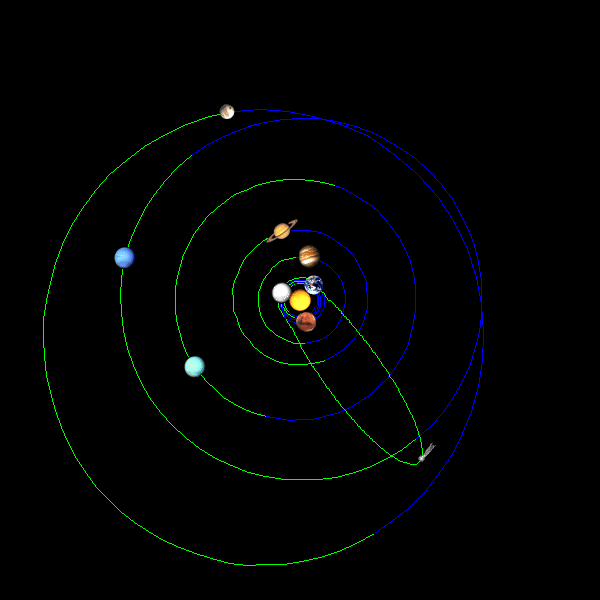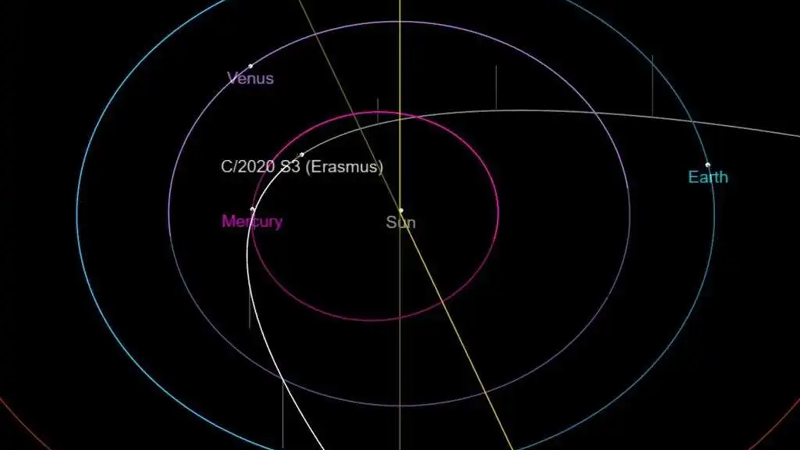BEIJING - China will discuss building a defense system against near-Earth asteroids, a senior space agency official said Saturday, as the country steps up its longer-term space ambitions.
Zhang Kejian, head of the China National Space Administration, did not provide further detail in his opening remarks at a ceremony for China's Space Day in the eastern city of Nanjing.
Comet Orbits Are Often


All games for mac os x. China has made space exploration a top priority in recent years, aiming to establish a program operating thousands of space flights a year and carrying tens of thousands of tons of cargo and passengers by 2045.

The European Space Agency last year signed a deal worth 129 million euros ($156 million) to build a spacecraft for a joint project with NASA examining how to deflect an asteroid heading for Earth.
Comet Orbits Most comets travel in highly elliptical orbits around the Sun with orbital periods (time between returns) ranging from just over three years to millions of years. Some comets, called 'periodic comets', return near the Sun every few years, and travel no further from the Sun than the orbit of Jupiter. The orbit of comet Encke generated in the manner described is shown at the right. Push for mac. The red dots show the position of the comet at monthly intervals. The sun is located at the black dot at the center of the polar plot. Comets differ from other bodies in the solar system in that they are generally in orbits that are far more eccentric than those of the planets and most asteroids and far more inclined to the ecliptic (the plane of Earth’s orbit). Some comets appear to come from distances of over 50,000 AU, a substantial fraction of the distance to the nearest. It’ll pass Earth at the extremely safe distance of 21,690,493 miles (34,907,464 km). Its orbit also suggests that the comet will then pass relatively close (about 2,632,000 miles) to planet Venus. Animation of Comet ATLAS’ Orbithttps://www.youtube.com/watch?v=-uheqg3Oe8Y.
China is pushing forward a mission where one space probe will land on a near-Earth asteroid to collect samples, fly back toward Earth to release a capsule containing the samples, and then orbit another comet, the official Xinhua News Agency reported, citing Ye Peijian, an academic at the Chinese Academy of Sciences.
The mission could take about a decade to complete, Ye said. China and Russia signed a memorandum of understanding last month to set up an international lunar research station.

Related Stories

Comet Orbit Sun
